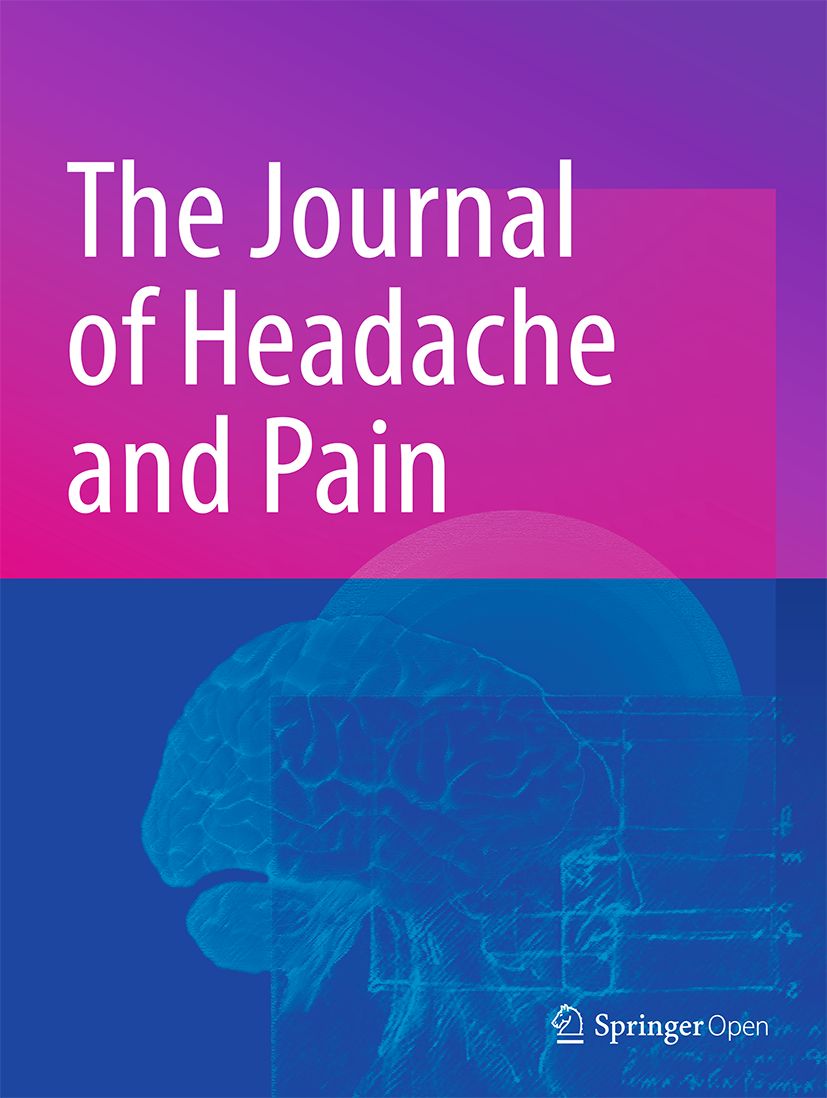
“The Endocannabinoid System (ECS) is a well-studied system that influences a variety of physiological activities. It is evident that the ECS plays a significant role in metabolic activities and also has some neuroprotective properties.
In this review, we emphasize several plant-derived cannabinoids such as β-caryophyllene (BCP), Cannabichromene (CBC), Cannabigerol (CBG), Cannabidiol (CBD), and Cannabinol (CBN), which are known to have distinctive modulation abilities of ECS. In Alzheimer’s disease (AD), the activation of ECS may provide neuroprotection by modulating certain neuronal circuitry pathways through complex molecular cascades.
The present article also discusses the implications of cannabinoid receptors (CB1 and CB2) as well as cannabinoid enzymes (FAAH and MAGL) modulators in AD. Specifically, CBR1 or CB2R modulations result in reduced inflammatory cytokines such as IL-2 and IL-6, as well as a reduction in microglial activation, which contribute to an inflammatory response in neurons. Furthermore, naturally occurring cannabinoid metabolic enzymes (FAAH and MAGL) inhibit the NLRP3 inflammasome complex, which may offer significant neuroprotection.
In this review, we explored the multi-targeted neuroprotective properties of phytocannabinoids and their possible modulations, which could offer significant benefits in limiting AD.”









